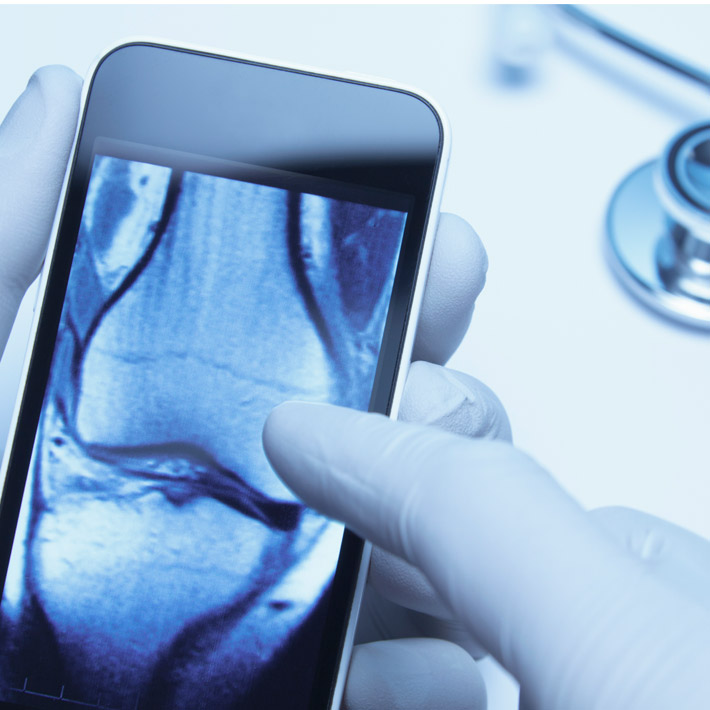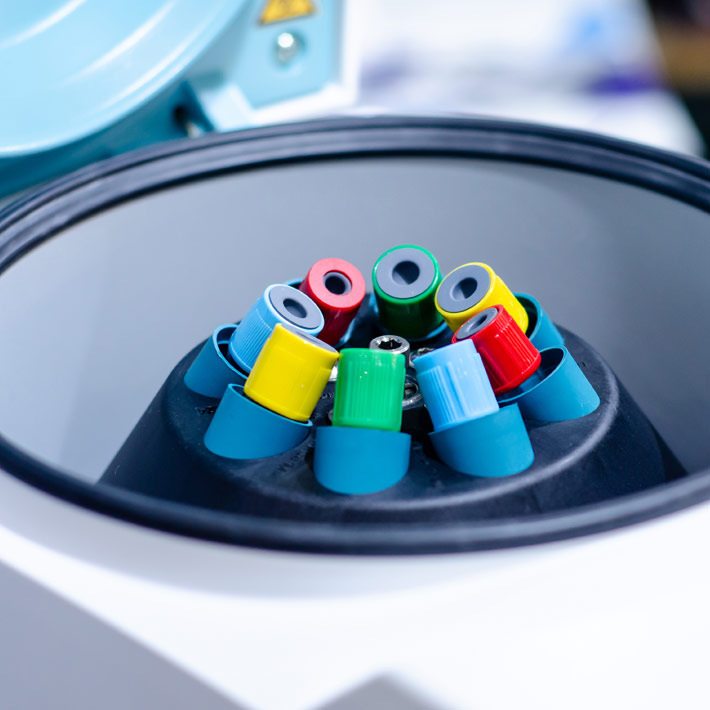15 September 2019
People who have experienced a heart attack are the highest risk group for future attacks. When a blockage occurs in the heart’s coronary arteries, the reduced blood flow could cause swelling, cell death and structural abnormalities in the heart’s left ventricle, particularly in areas surrounding the blockage. These microscopic changes result in chest pain, shortness of breath and the formation of fibrous tissues, and weaken heart functions, increasing the risk of heart failure.
Refaat Eid, and co-workers at King Khalid University in Abha, Saudi Arabia, have now investigated the gut hormone ghrelin and its protective effects against left ventricular damages in rats with induced myocardial infractions (MI) via surgical procedure1. Ghrelin is often termed the ‘hunger hormone’ because it is produced in the gut and serves as a signalling molecule for telling the brain to be hungry. Recent studies have shown that ghrelin is produced in the heart and other organs, suggesting that the hormone has wide physiological roles not limited to hunger signalling.
The Saudi researchers found that MI-induced rats that were administered saline solutions containing ghrelin for three consecutive weeks had improved heart functions, increased cardiac contractility, as well as reduced serum levels of creatine kinase and lactate dehydrogenase — two enzymes associated with cellular stress. The tissue samples taken from the MI-induced rat’s left ventricle showed reduced expression levels of cell-death biomarkers and increased expression levels of a cell-death inhibitor.
The researchers further used electron microscopy to examine tissue samples from control and MI-induced rats, and found that control rats administered saline solutions containing ghrelin for three consecutive weeks experienced no adverse effects. On the other hand, ghrelin reduced vascular formation, reversed the formation of fibrous tissues, preserved mitochondria structure, and prevented mitochondrial swelling in MI-induced rats. Taken together, these results suggest that ghrelin is safe and effective in preserving cardiac muscle cells and reducing left ventricular damages.
The researchers believe ghrelin has important roles in regulating cardiac functions and protecting against cellular stress. However, it is unclear whether the administration of the hormone has the same curative effects on humans as it does on rats. More experiments and further trials are needed to confirm the safety and efficacy of ghrelin in the prevention of future MIs.
References
Eid, R. A., et al. Subacute ghrelin administration inhibits apoptosis and improves ultrastructural abnormalities in remote myocardium post-myocardial infarction. Biomedicine & Pharmacotherapy 101, 920–928 (2018).| article



